Media Literacy: Middle School Kids Love Parody
Adolescents seem to have a special attraction to parody. Perhaps it’s a response to “coming of age” and realizing that there’s a lot of hypocrisy in the world (parody’s favorite target).
And I think we can agree that it’s not just middle school students who love parody—many of us do. Whether it’s MAD Magazine, The Simpsons, The Onion, Saturday Night Live, or some recently altered image on the web, parody seems to be not only popular but also everywhere (both MadTV and Cracked have recently been resurrected.)
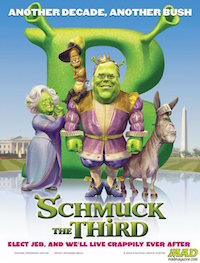
In the new Common Core ELA standards, parody is listed as one of the genres educators should use with students (see Standard 10: Range, Quality & Complexity for grades 6-12). Think of it as a license to have some fun!
My Own Roots in Parody
One of my earliest media literacy experiences with parody came when I was developing an activity centered around analyzing cigarette ads in magazines.
As in most media literacy activities, students should be engaged in both analyzing and creating some form of media. While I had plenty of ads from magazines for students to deconstruct, I had not yet developed an activity that involved creation, until I saw my first tobacco ad parody. (Since then, there have been hundreds of parody ads created.)
Here is an example: on the left, an original ad for KOOL cigarettes and on the right, the parody, where altering one letter in the brand name completely changes the meaning.
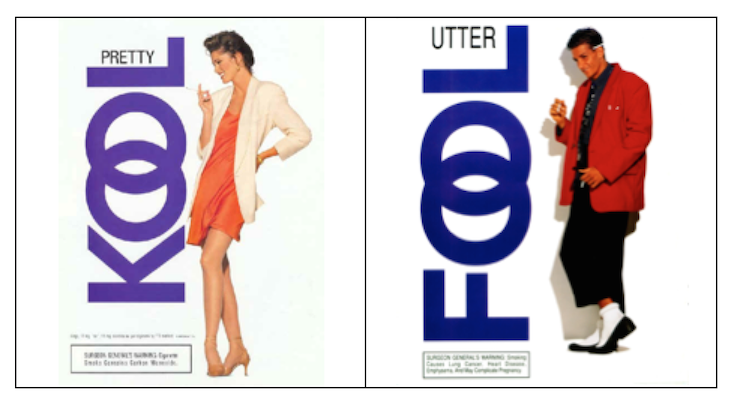
After showing students plenty of other counter-advertising parodies, I challenged them to create their own tobacco ads based on ones they were assigned to study. They were advised to consider altering the words, the images, and even the Surgeon General’s warning in the box.
Here’s another example. The student-created ad (on the right) was recognized in Washington State and made part of a state-wide anti-tobacco movement aimed at young people.
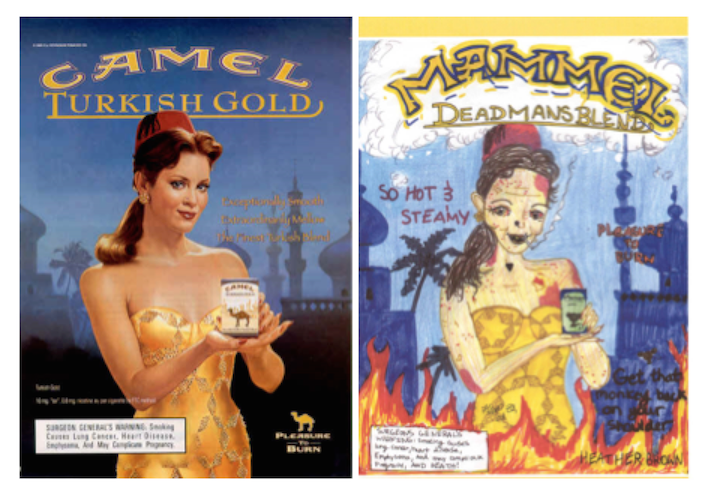
Not only can the ads be humorous, they can also be effective at challenging the tobacco industry’s huge promotional and advertising campaigns, which continue despite decades of attempts at restriction.
In this parody movie trailer, Secrets of a Tobacco Executive, viewers might be fooled into believing that this is a real movie, because it begins with the MPAA ratings slide followed by the logo of an official looking studio sponsor and dramatic male voice-over. (Ask your students if this is a movie they’d like to see.)
Parody in the Race for The White House
MAD Magazine has been a leader in parody since it was first published in the early 1950s. No subject is off limits to MAD writers and illustrators. In 2016 MAD has already taken aim at Republican candidate Donald Trump and Democratic candidate Hillary Clinton. (Would your students understand what Oscar-winning film the Clinton cover references?)
While print is a popular medium for parody, non-print is not immune.
Two organizations have produced parody presidential campaign commercials. The first, for “candidate” Gil Fulbright, is noteworthy because it pulls back the curtain on many of the production techniques used by real candidates. “A dramatic camera angle,” says the candidate in a voice-over, “can make me look like a president.”
In the parody video below, Honest Gil (as he calls himself) says he has the “courage to point” – poking fun at what other politicians seem to do in their ads. He also calls attention to the fact that most candidates spend most of their time raising huge sums of money, which is true. Take a look at his ad here:
Another parody ad promotes itself as using “stock images.” Stock images are not photos that are created for the purpose of the ad, but rather those that are previously captured, often featuring models, and purchased from a company. Example:
Buzzfeed found several instances of stock images being used in the 2012 race for the White House.
The parody of stock-image use is the result of stock footage company DISSOLVE poking fun (at its customers?) by creating The Generic Presidential Campaign Ad, featuring the smiling candidate standing in front of an American flag, and featuring the slogan: “Candidate for an American America” (whatever that means).
The candidate with no name says, among other things, “My record shows that I can construct a narrative by keeping the details pretty vague,” again satirizing what actual candidates say, or don’t say, in their advertising. At the end of the video clip we learn that it was made entirely from stock footage available from DISSOLVE. Self-parody?
Teaching With And About Parody
Why not engage your students in parody and the various mediums in which it can be found?
1. Assign your students a medium. This can be radio, TV, magazines, newspapers, motion pictures, etc.
2. Have them first research how parody has been used in their medium.
3. Have your students study the techniques that make parody particularly effective to that medium.
4. Next, assign them a fictional story, a news article, a movie, a magazine cover, or a song. Working in groups they work to create a parody from their original media. Their creation can be either print or non-print.
Some Resources for Teaching Parody
ReadWriteThink.org (parody lesson plans and ideas)
The Simpsons Parodies Presidential Debates
10 Best ‘Weird Al’ Yankovic song parodies (plus Word Crimes!)
Have Fun — Build Skills
Parody can be fun and engaging. Most important, the study of parody is effective at helping students recognize techniques used in making messages that manipulate us – and others that amuse us.
If you have your students create their own parodies, you’re also helping meet Common Core and other 21st century media literacy skills that include analyzing and creating media messages.
Frank W. Baker is a media literacy education consultant and the author of three books, including Media Literacy In the K-12 Classroom (ISTE, 2012). He contributed two chapters to Mastering Media Literacy (Solution Tree, December 2013). In November 2013, Frank was a recipient of the National Telemedia Council‘s annual Jessie McCanse Award given for individual contributions to the field of media literacy over at least 10 years. Follow him on Twitter @fbaker.


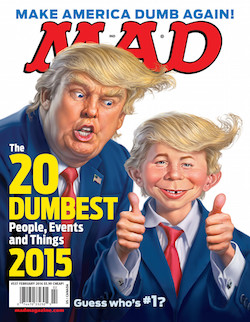
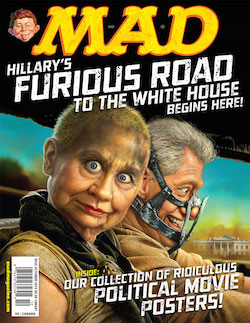
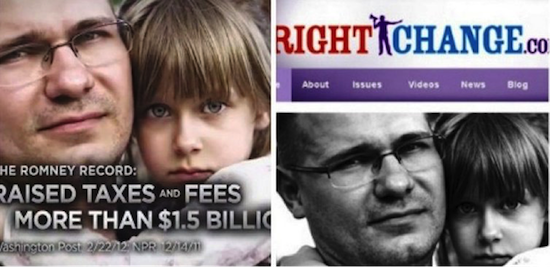
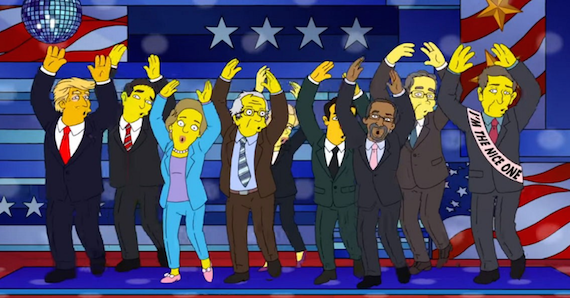






























Yes, when I was in 7th grade junior high, I fondly remember making my own magazine titled, “Thirteen” that was a funny adaptation to a popular magazine called “Seventeen” at the time.
Check out my musical parodies at singalongscience.com ! :)